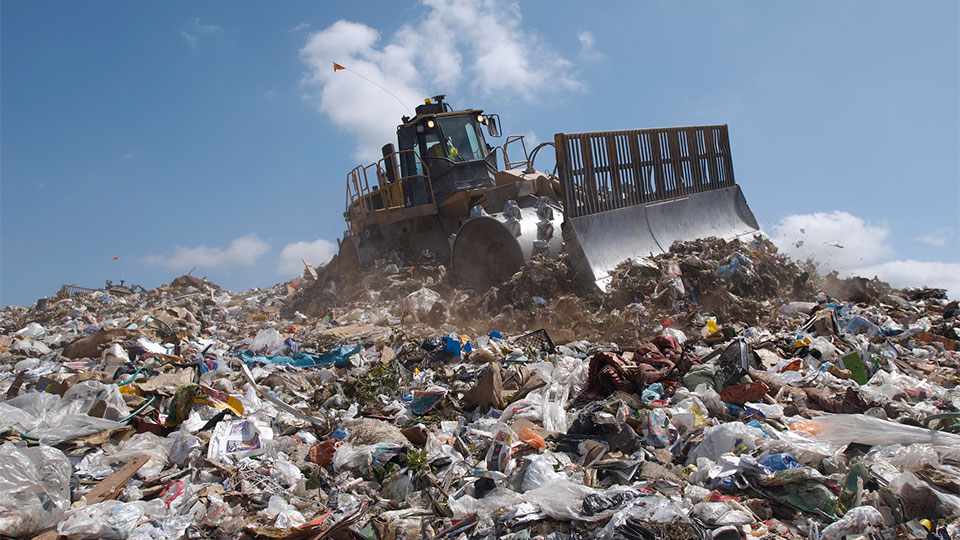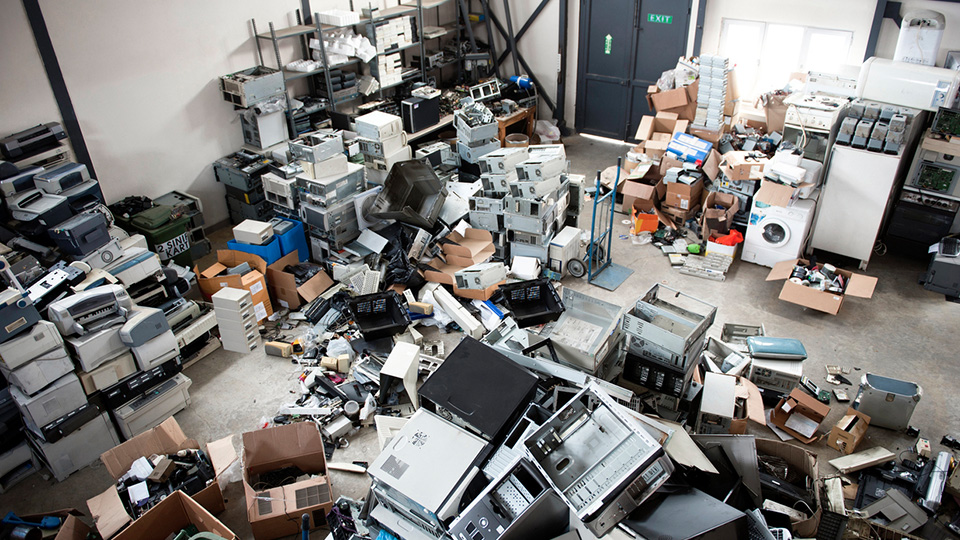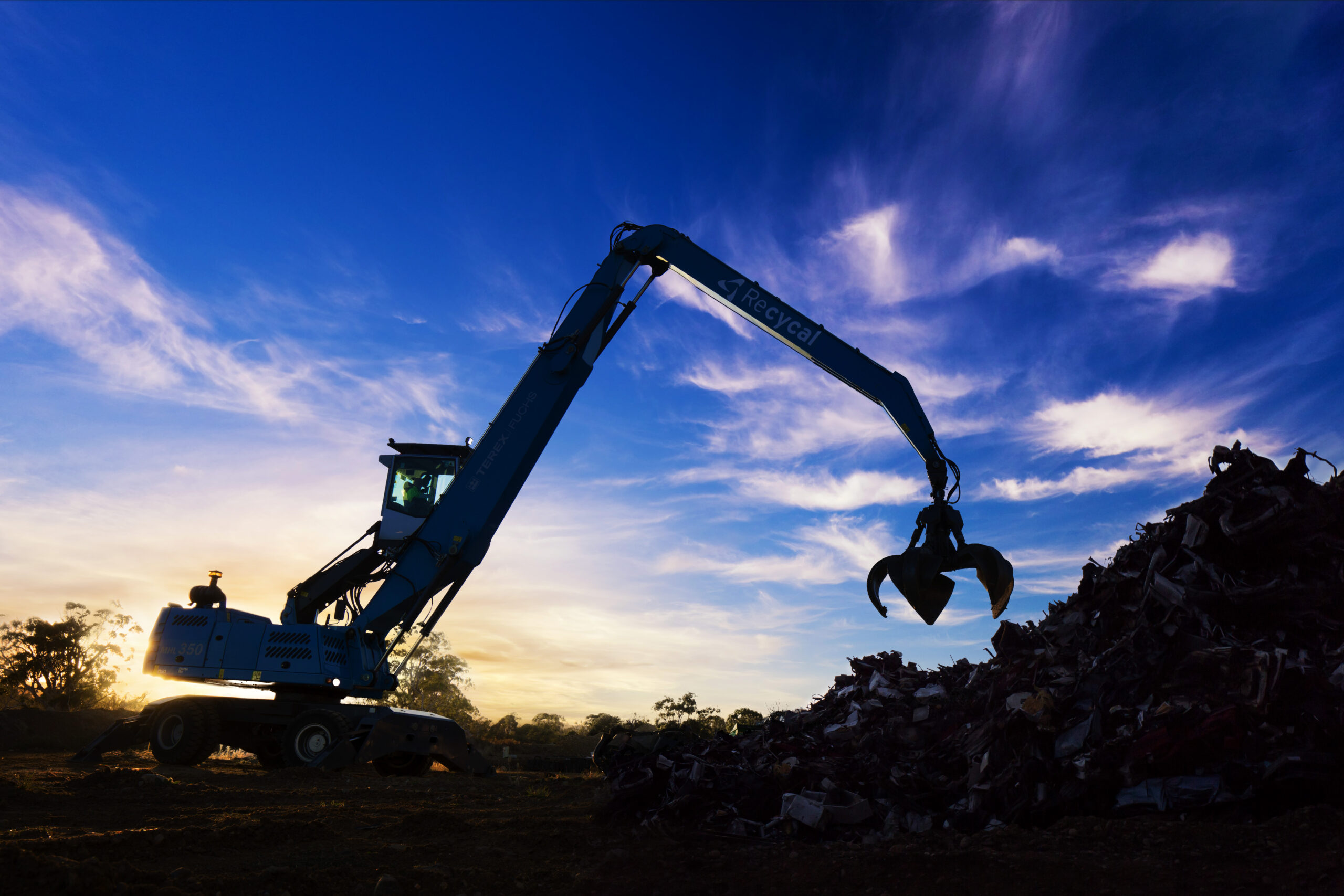Did you know that between 1996-97 and 2012-2013, Australia’s economic production rose by 69%, but our waste production rose 154%? Instead of becoming more efficient at turning raw materials into economic value, we became less efficient.
And what makes up that waste stream? It depends on the source. In municipal (mostly household) waste, food and garden waste make up nearly half of the volume, followed by paper. Paper is also a major component of commercial and industrial waste, along with metals, while in the construction sector concrete makes up over 80% of waste generation.
Not So Harmless Waste
These high volume materials may sound like pretty harmless things to be going into landfill but that’s not always the case. Organic waste – our food and garden scraps – will eventually get turned into methane, a potent greenhouse gas that is a significant contributor to climate change. Additionally, paper is also a form of organic waste, so it will also be converted to methane.
Common metals going into landfill include aluminium and steel. As with concrete, they don’t represent a significant environmental hazard but dumping them represents a loss of the physical materials and the energy that went into making them.
Better Options
Councils have taken on the task of slashing the volume of organic waste going to landfill. Green-top bins are now a common feature of rubbish collection night, and what was once “waste” is now being turned into compost for use in council parks and gardens. Composting at home is an even better idea, if it can be done properly without producing methane. Worm farms are also a good way to turn kitchen scraps into garden fertiliser.
Paper is highly recyclable and often it’s just a matter of proper sorting to make sure it goes where it should. The same applies to most metals, and the development of automated sorting that can separate materials from mixed waste streams should see a big increase in recycling.
Organic waste can also be taken care of in bioreactors. These can either be dedicated digesters or more sophisticated forms of landfill in which methane is recovered and used as a fuel to generate electricity.
That leaves the world’s most common man-made material – concrete. It too is recyclable, with crushed material being used either as gravel or as the aggregate in new concrete. Any recovered steel reinforcing can be recycled into new steel.
What Are The Barriers?
A simple definition of waste is that it is what we throw away because we no longer need it or want it. But whether through lack of knowledge or interest, many things that could be recycled end up in the rubbish bin. With a little more attention and thoughtfulness, we could really boost recycling rates.
The other big barrier is cost. It often costs more, in a conventional sense, to recycle than to make something from virgin materials. However, market forces aren’t always good at identifying the true cost of different options.
Waste is one of the best examples of how long-term environmental costs, so-called externalities, are frequently ignored by the creators of the waste and are passed onto the wider community. Ensuring those costs are properly attributed to the producers of waste is the key to addressing that shocking growth in our production of waste.
Are you an Australian business looking to recycle?
That’s where we come in. Ecocycle is Australasia’s state of the art licensed mercury recycler and we can arrange a wide range of solutions to recycle larger quantities of lighting, batteries or e-waste.
Call 1300 32 62 92 or fill out the form below, and one of our experts will be pleased to design an integrated recycling solution for your business.





